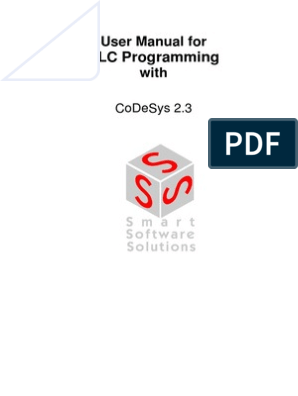0% found this document useful (0 votes)
296 views10 pagesUnit-Wise Important Question Bank - Python Bcc402
The document is a comprehensive question bank for a Python programming course, organized by units covering various topics such as operators, data structures, loops, file handling, and libraries like NumPy and Pandas. Each unit contains multiple questions that require explanations, code examples, and demonstrations of Python concepts. It serves as a study guide for students to prepare for exams or enhance their understanding of Python programming.
Uploaded by
shivammaurya02245Copyright
© © All Rights Reserved
We take content rights seriously. If you suspect this is your content, claim it here.
Available Formats
Download as PDF, TXT or read online on Scribd
0% found this document useful (0 votes)
296 views10 pagesUnit-Wise Important Question Bank - Python Bcc402
The document is a comprehensive question bank for a Python programming course, organized by units covering various topics such as operators, data structures, loops, file handling, and libraries like NumPy and Pandas. Each unit contains multiple questions that require explanations, code examples, and demonstrations of Python concepts. It serves as a study guide for students to prepare for exams or enhance their understanding of Python programming.
Uploaded by
shivammaurya02245Copyright
© © All Rights Reserved
We take content rights seriously. If you suspect this is your content, claim it here.
Available Formats
Download as PDF, TXT or read online on Scribd
/ 10

























































































